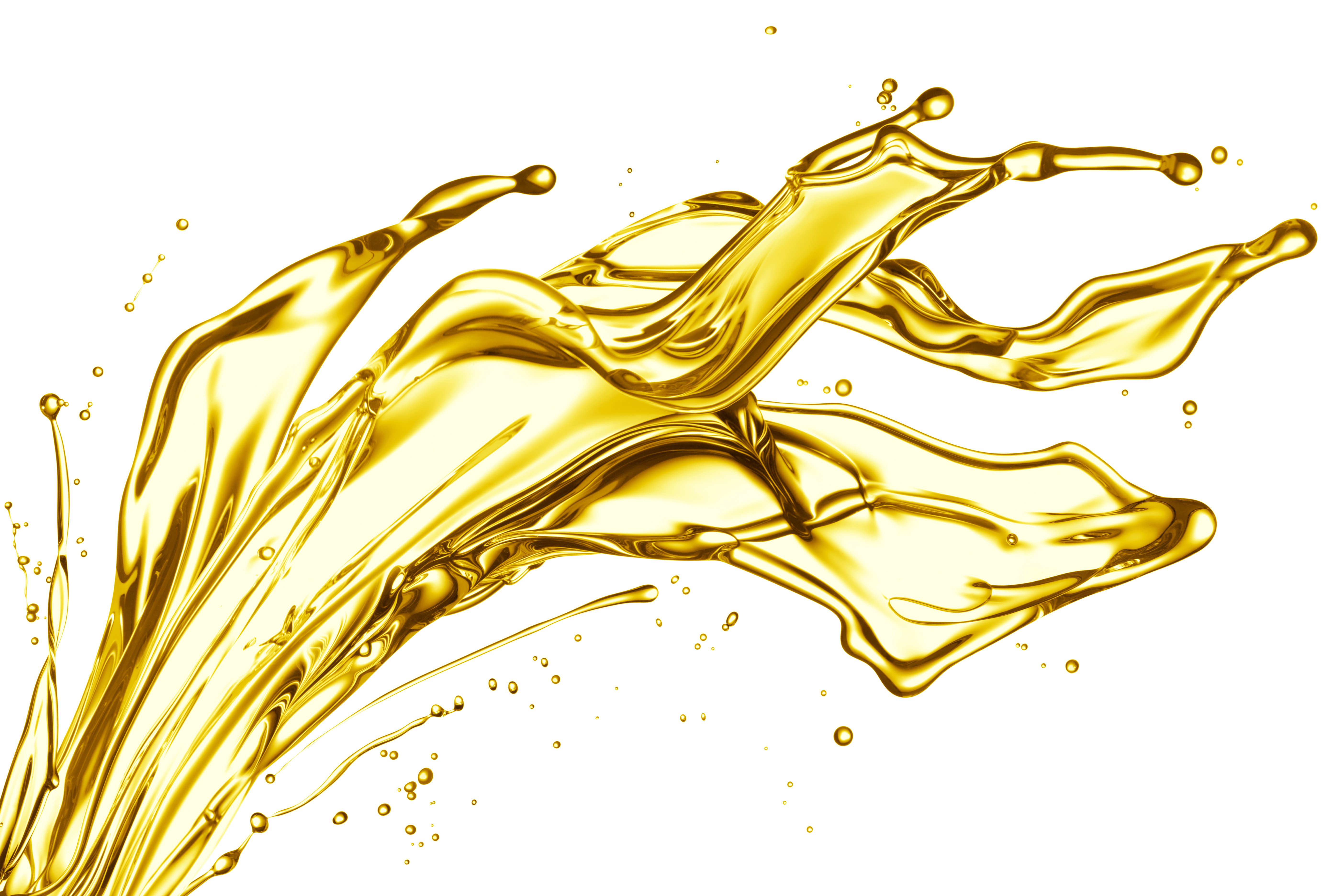Types Of Oil And Recommendations

Defining Various Types Of Motor Oils, Oil Grades And API Standards
It’s easy to assume that motor oil is motor oil.
After all, isn’t the basic ingredient the same? In simple terms, no.
Originally, all oils were natural petroleum based
(made from crude oil). But there have always been differences in how oils are
refined. And over time, with the goal of improving oil performance, producers began
introducing special additives in oil formulations, such as detergents,
anti-wear enhancers, anti-oxidation compounds and more. Then, synthetic
formulations came along to deliver a higher level of performance.
It means that choosing the right oil for you can seem a bit complicated ... unless you know what to look for and why. Of course, you can always refer to your vehicle maintenance manual to see what type of oil the manufacturer recommends.
Otherwise, let’s first define the different types of oil. Since many oil and lubricant manufacturers describe similar products somewhat differently, this can also seem confusing. The following represent general oil types in broad terms.
Common Oil Product Categories:
FULL SYNTHETIC
FULL SYNTHETIC - EUROPEAN
SYNTHETIC BLEND
HIGH MILEAGE
COVENTIONAL – MULTI- OR MONOGRADE
Full Synthetic Motor Oil
These types of oils are artificially made of chemical compounds or synthesized from raw materials. Synthetic oil molecules are more uniform in shape and the refining process removes impurities. Overall, synthetic oils are better able to withstand temperature extremes, and they are often better suited for today’s tougher engine demands. The customized molecules provide higher levels of protection and performance than conventional oils. However, higher performing synthetic oils can typically be used in place of conventional oils without any problem or consequence.
Full Synthetic - European
Requirements from European OEMs are generally different than U.S. OEMs, so oil formulations also must be different. For instance, more European OEMs make turbo-charged or high-performance vehicles, as well as vehicles that require longer drain intervals. ACEA is the organization that manages oil specifications in this region.
Synthetic Blend
As the name suggests, this type of oil is a mixture of chemical synthetics and highly refined mineral oil. The purpose of synthetic blends is to provide some of the performance advantages of a full synthetic at prices more closely comparable to conventional oils.
High Mileage
This designation doesn’t mean that the oil delivers higher mileage performance. It means it is formulated to overcome the added engine stress conditions of older model vehicles that have been driven for 75,000 miles or more. These types of high-mileage vehicles are prone to cracked seals, oil leaks and/or oil burn-off. In response, oil manufacturers include additives in high mileage formulations to compensate for these old age symptoms, reducing leaks and inhibiting oil combustion.
Conventional (Multi-grade or Monograde)
Most of today’s conventional, mineral-based motor oils are multi-grade. Monograde oils are primarily designed for older vehicle engines that were manufactured before multi-grade viscosity oils were introduced. All conventional oils are initially refined from natural petroleum crude (or mineral oil).
What does it take to make the grade?
API classifications for oil categories (as previously described) have nothing to do with oil grades. Instead, the grade is established by the Society of Automotive Engineers in SAE J300. Grade is purely a measure of viscosity, or the oil’s resistance to flow. The thinner the oil, the less viscous. Therefore, the oil is less resistant to flow. This viscosity measurement changes with cold and hot temperatures. Cold temperatures can thicken the oil and hot can thin it. Therefore, multi-grade viscosity oils are better able to handle changing temperatures. In an oil labeled 5W-20, five is the low viscosity rating and 20 is the high temperature flow rate. The letter “W” represents “Winter.” So a 5W (W=Winter) rating indicates how easily the engine will turn over in colder weather. In a 5W-20 oil versus 10W-20, the 5W-20 oil will flow more easily at cold temperature.
American Petroleum Institute (API) Classifications/Standards
The API “seal designation” that appears on oil and lubricant products represents a standard certification or stamp of approval. This certification is given to products that meet the required minimum performance standards set by vehicle and engine manufacturers. Also, the certification indicates qualification acceptance for requirements of the ILSAC (International Lubricant Standardization and Approval Committee) in cooperation with both U.S. and Japanese vehicle OEMs. Typically, on the back label of oil bottles, another circular stamp denotes the API Service rating. With an SN rating, the “S” stands for Service Station oil and the “N” for the level of performance. For semi-tractor trucks and heavy-duty machinery, the rating is indicated by a “C” for Commercial and the second letter indicates the performance level. The numeral that follows refers to 4-stroke or 2-stroke engine. The SAE viscosity rating appears in the center of the circle, and at the bottom of the ring, the words define any specific property characteristic or benefit of the oil (such as Energy Conserving).
Premium is not a category of oil, but instead, a marketing term designating high quality.
